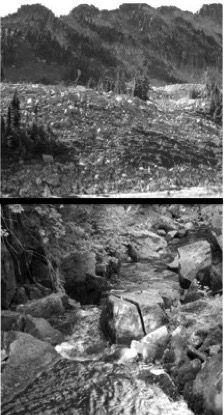The pilot study yielded promising statistical results, although it faced limitations due to small sample sizes and a lack of detailed analysis on mechanisms behind these outcomes. Further research is needed to distinguish between ice and groundwater storage in paraglacial features associated with channels and lakes, which is critical for understanding alpine ecology trends, especially at Mount Rainier and similar western mountain regions. Future work will focus on interconnected geohydrologic processes in specific basins, utilizing additional tools like stable isotope analysis and ground-penetrating radar to elucidate water and ice storage mechanisms. A broader study will compare multiple basins to assess common paraglacial feature relationships, potentially enhancing predictive modeling for streamflow and climate change impacts. Understanding these hydrological characteristics can improve biological monitoring and landform mapping efforts.
Source link


